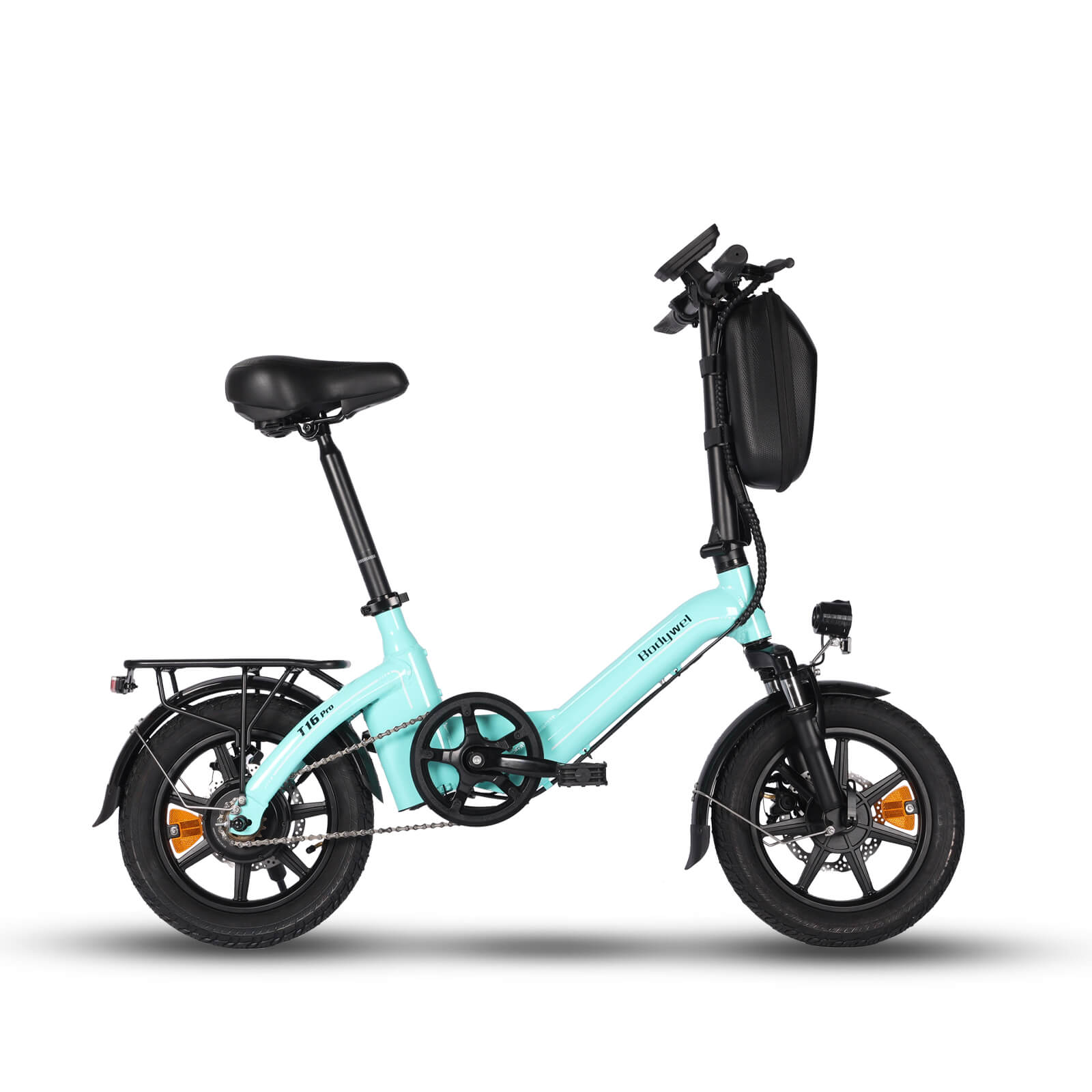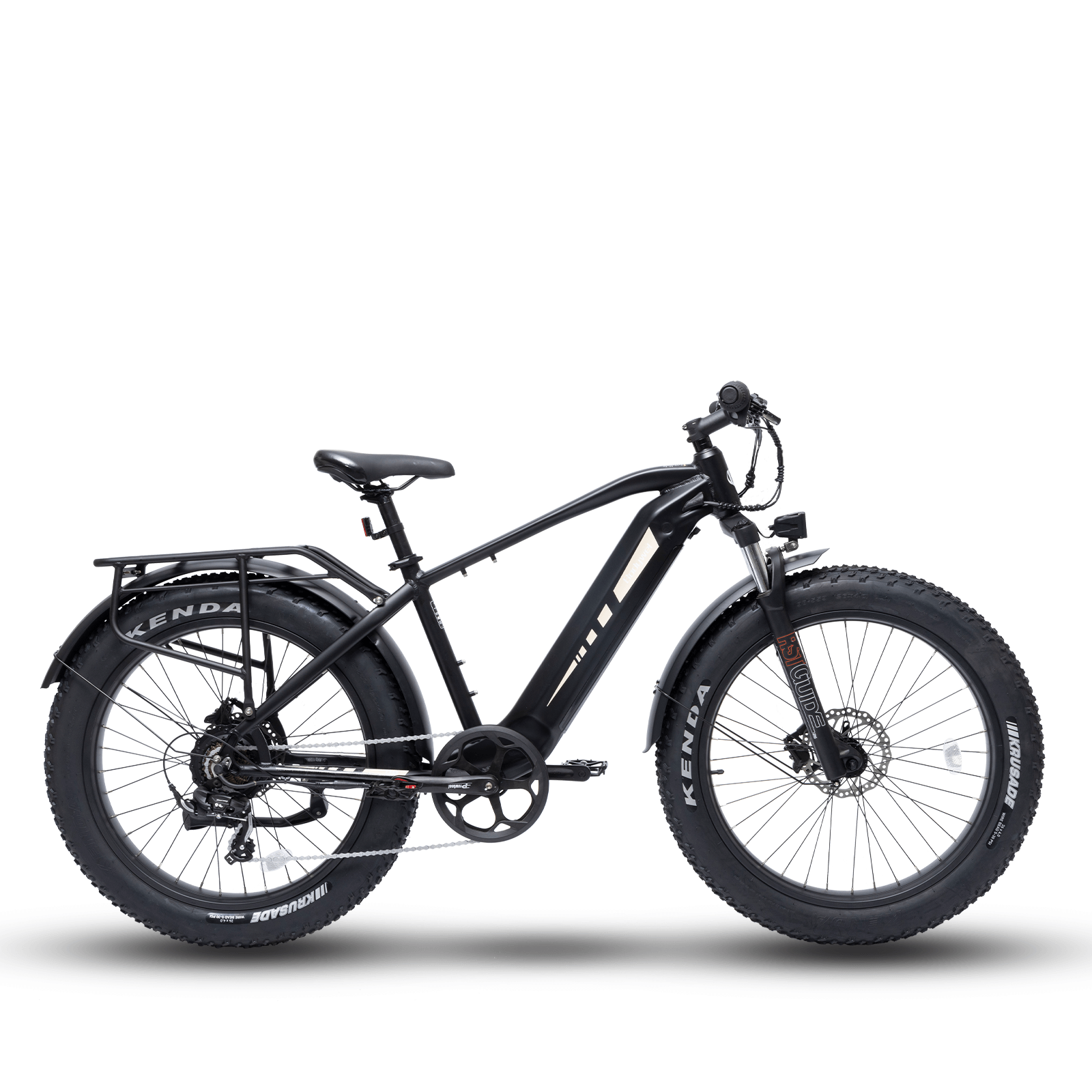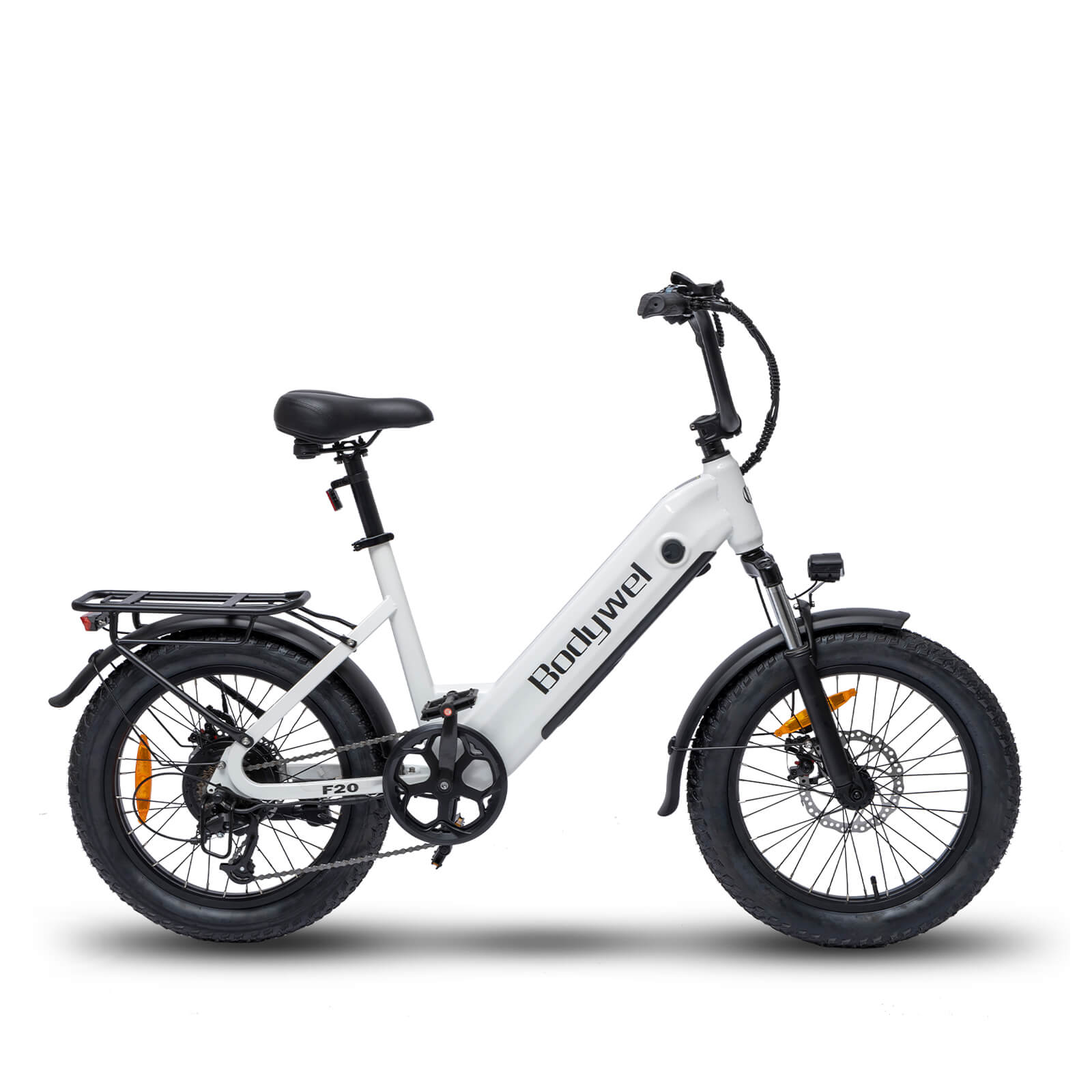EU Sport Safety Certified: 5 Must-Know Cycling Gear Standards

The EU Sport Safety Certification ensures cycling gear meets rigorous safety standards. This article explores five critical European safety certifications for helmets, eyewear, clothing, and accessories that every cyclist should prioritize for optimal protection.
- 1. Understanding EU Sport Safety Certification for Cycling Equipment
- 2. EN 1078: The Gold Standard for Cycling Helmets
- 3. EN 166: Eye Protection Requirements for Cyclists
- 4. EN ISO 20471: High-Visibility Apparel Certification
- 5. EN 13594: Safety Gloves for Professional Cyclists
- 6. EN 1080: Impact Protection for Child Helmets
Understanding EU Sport Safety Certification for Cycling Equipment
The European Union's sport safety certification system establishes mandatory benchmarks for cycling gear to mitigate injury risks. Administered by the European Committee for Standardization (CEN), these protocols evaluate impact resistance, material durability, and ergonomic design. For instance, certified helmets undergo drop tests simulating 22 km/h collisions, while eyewear must block 99% of UV radiation. Compliance is verified through independent labs like SATRA Technology Centre, ensuring impartial validation.
EN 1078: The Gold Standard for Cycling Helmets
EN 1078 certification mandates helmets absorb 250G of force during impacts—equivalent to a 1.5-meter fall onto concrete. Ventilation designs must maintain structural integrity, and straps should withstand 25kg of static load. Notably, this standard exceeds U.S. CPSC requirements with additional rotational force tests. Brands like KASK and Uvex integrate MIPS technology within EN 1078-compliant shells for enhanced protection.
EN 166: Eye Protection Requirements for Cyclists
This framework classifies lenses by optical clarity (Class 1 being highest) and impact resistance (marked with "S" for high-speed debris). Certified sunglasses like Bolle Safety Phantom feature polycarbonate lenses that withstand 6mm steel balls at 120 m/s. The standard also requires 180° peripheral coverage and anti-fog coatings—critical for mountain biking or road cycling in variable weather.
EN ISO 20471: High-Visibility Apparel Certification
Garments meeting Class 3 (highest visibility) incorporate ≥0.2 lux reflectivity and fluorescent fabrics covering 14% of surface area. Proviz Reflect360 jackets exemplify this with 360° reflective panels detectable at 150 meters under headlights. Rain-resistant materials must retain these properties after 25 wash cycles—a key factor for commuters.
EN 13594: Safety Gloves for Professional Cyclists
Level 2 gloves (highest rating) feature double-layer palm padding, abrasion-resistant leather, and secure wrist closures. Testing includes 5-second exposure to 180°C surfaces and tear resistance exceeding 25 Newtons. Brands like SealSkinz combine this certification with waterproof membranes for all-weather use.
EN 1080: Impact Protection for Child Helmets
Unique to juvenile gear, EN 1080 requires breakaway buckles that release under 15kg pressure to prevent strangulation. The energy absorption threshold is 30% higher than adult standards, with rounded edges eliminating sharp protrusions. Helmet Safety Institute data shows EN 1080 helmets reduce concussion risks by 63% compared to uncertified alternatives.
- Tags: EU certified gear EU sport safety certified European safety compliance safe sports equipment sports safety standards
0 comments







